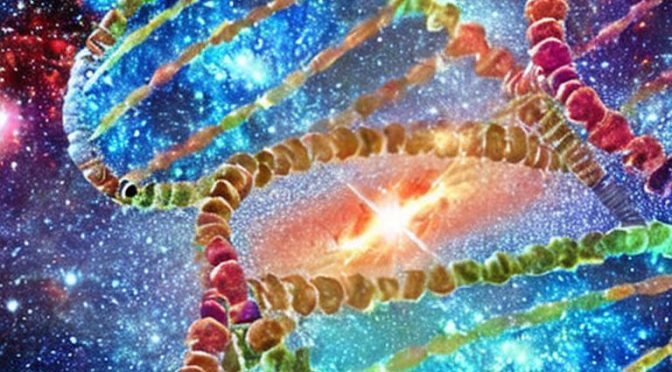This article is based on a video titled “How Early Could Life Have Appeared In The Universe?” by History of the Universe. The video delves into the intriguing question of when and how life could have first emerged in the universe. It explores the conditions necessary for life to form, the evolution of life on Earth, and the potential for life to exist elsewhere in the cosmos.
Contents
- The Genesis of Life on Earth
- The Definition of Life
- The Building Blocks of Life
- Life Beyond Earth
- The Earliest Possible Life in the Universe
- The video
- Concluding
The Genesis of Life on Earth
Life on Earth, as we understand it, is a complex interplay of various elements and conditions. The video discusses the ancient site of Gobekli Tepe in Turkey, which provides a glimpse into the early stages of human civilization. However, the origins of life itself stretch back even further, to a time when the first organisms were forming from the primordial soup of the early Earth. Scientists estimate that we have fossil evidence for less than one percent of all the species that have ever lived, making the task of tracing life’s origins a challenging endeavor.
The Definition of Life
To identify life, we must first define it. Life, as we understand it, has three distinct properties: it must be able to store information, catalyze reactions, and self-replicate. These properties allow life to interact with its environment, grow, reproduce, and evolve. However, this definition is based on life as we know it on Earth, and the universe may harbor forms of life that are beyond our current understanding.
The Building Blocks of Life
The building blocks of life as we know it are amino acids, which are formed from elements such as carbon, oxygen, hydrogen, and nitrogen. These elements are abundant in the universe, and the conditions on Earth allowed them to combine into complex molecules that eventually gave rise to life. The Miller-Urey experiment in 1952 demonstrated how a mixture of these elements could produce amino acids under conditions simulating the early Earth.
Life Beyond Earth
The potential for life to exist beyond Earth is a topic of ongoing research. The video discusses the possibility of life on Mars, which once had a warmer climate and liquid water on its surface. The discovery of amino acids in a meteorite from Mars suggests that the red planet may have once harbored life. Other celestial bodies, such as the moons of Saturn and Jupiter, also have conditions that could potentially support life.
The Earliest Possible Life in the Universe
The video concludes by exploring the question of when life could have first appeared in the universe. The presence of amino acids in molecular clouds, where stars and solar systems form, suggests that the basic chemistry for life has been present for a very long time. However, the exact conditions and processes that led to the formation of the first life forms remain a mystery. The search for life beyond Earth continues, as does our quest to unravel the origins of life in the universe.
The video
Concluding
The origins of life in the universe remain a captivating mystery. From the earliest civilizations on Earth to the potential for life on other planets, the journey of life is a complex interplay of elements, conditions, and time. As we continue to explore our universe, we inch closer to unraveling this profound mystery, enhancing our understanding of life as we know it and potentially, as we don’t.

